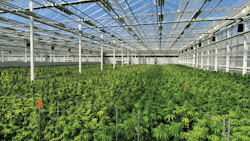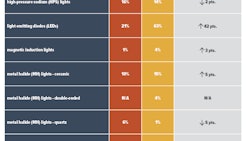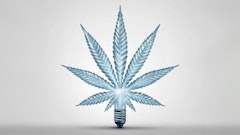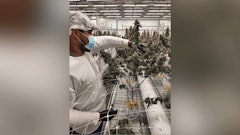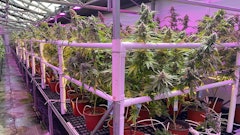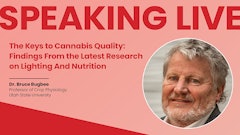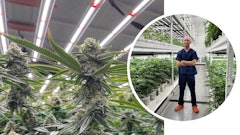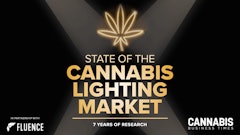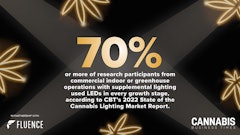When Cannabis Business Times first published the “State of the Lighting Market” report five years ago, the goal was to gain a greater understanding of how cultivators use lighting in their facilities. The now-annual study remains committed to answering important questions, such as, “What types of lighting are most commonly used during various growth stages? Are growers measuring the light that reaches their crops? What other metrics are growers tracking, and why are these important?”
Thanks to the continued support of Fluence by OSRAM, CBT has been able to consistently conduct this important study (using leading third-party research organization Readex Research) and ask these and new questions each year, discovering important benchmarks including what portion of energy costs are devoted to lighting to illuminate their canopies and how much money they invest in lighting equipment.
Now with five years of data, steady patterns have transformed into trends, and industry changes and continued challenges are reflected in the research results, too.
For example, in 2016, 43% of study participants said they did not measure how much light their crops receive. As the industry has matured and cultivators have refined their craft, lighting techniques have also improved, and now, nearly three-fourths (72%) of participants use light meters to take this measurement. Still, more than a quarter (28%) said they do not track this, and “ensuring consistent/even lighting across the crops” was the most reported challenge of all listed for growers in the 2020 study (17%).
72% of research participants measure how much light their crops receive, an increase since the 2016 study, when 55% Said they tracked this.
These numbers can help us understand not only what challenges growers are facing, but why and potentially how they can be resolved.
As prominent Utah State University professor and researcher Dr. Bruce Bugbee, Ph.D., details later in this report, measuring light intensity is crucial, as it is one of the biggest contributing factors to yield. “You may think your eyes can tell light intensity, but they cannot,” he says. “Some less experienced growers don’t realize how critical it is to measure the light intensity, so they’ve never measured it.”
Other notable trends that emerged when CBT compared previous studies to this year’s findings are included in the following pages. In addition, Dr. Bugbee and cultivators conducting in-house lighting research share their insights, what the numbers are telling them about their lighting practices and how they can continue to improve their strategies to boost yield and more.
NAVIGATE THROUGH THE STATE OF THE CANNABIS LIGHTING MARKET REPORT:
Note from Fluence CEO David Cohen









